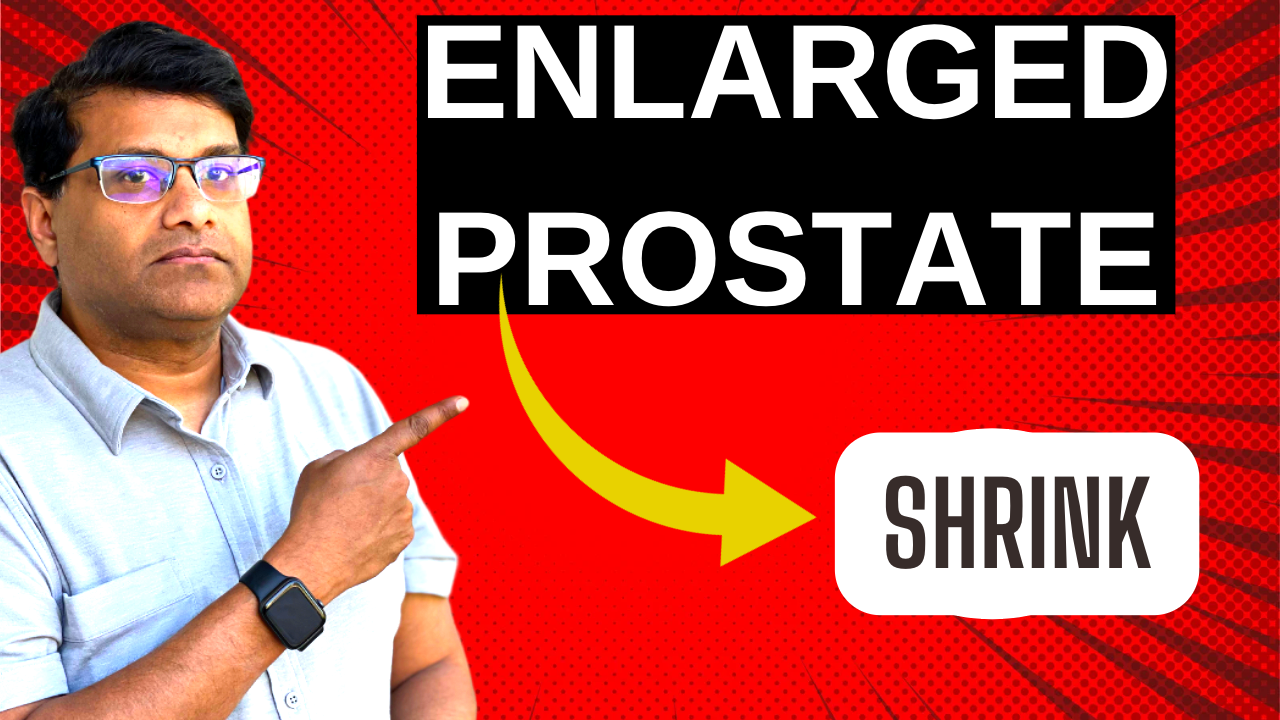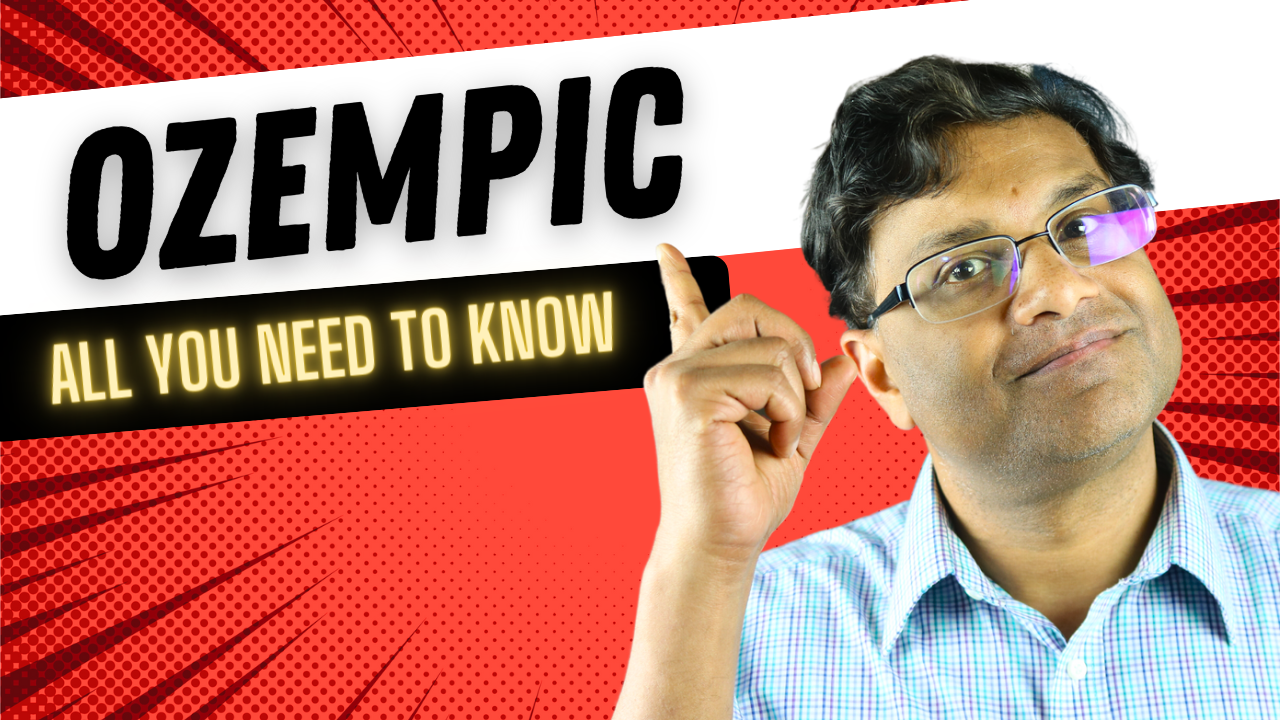Is your prostate irritating you?
Are you always running to the bathroom?
This article will look at 11 ways to shrink your prostate without medication.
Your healthcare provider should also be talking to you about non pharmacological ways to treat you enlarged prostate. Most of the time you’re seeking your doctor’s advice because you are having moderate or sometimes even severe symptoms.
Here are 11 tips that you can do to help reduce prostate symptoms(Bonus tip at the end).
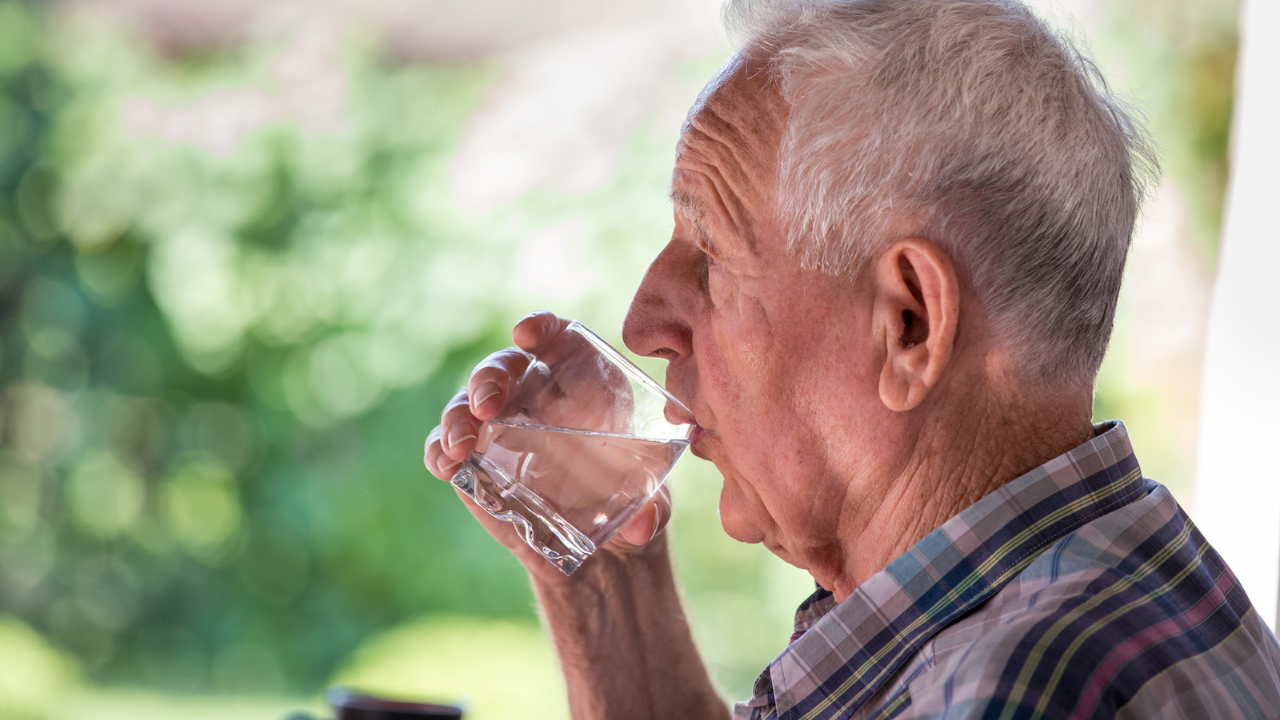
1.Avoid drinking fluids late in the evening especially before going to bed. In doing so you don’t have to get up in the middle of the night to go to the bathroom.
2.Avoid alcohol as much as you can especially later at nighttime as alcohol works as a diuretic and will make you get up and pee.
3.Try to limit or avoid intake of coffee. Coffee can act as a diuretic as well and can irritate your bladder
4.Avoid or limit intake of the following foods as they can irritate your bladder. These include spicy foods, carbonated drinks, acidic fruits such as grapefruit, oranges, or lemon.

5.Foods high in sugar as well as artificial sweeteners should be avoided if you have an enlarged prostate. Why is that? Refined sugars and artificial sweeteners can increase inflammation. They can increase inflammatory markers in your body called CRP. What are food types to avoid: cookies, cakes, candy, pies, ice cream, pastries.
What is the take home message for you: Reduce your sugar intake. Enough said. The message is simple. This decreases inflammation and has numerous other health benefits including weight loss, decreases insulin resistance. I
6.Increase your activity. Include walking or regular exercise as part of your routine. Men who were physically active were less likely to suffer from BPH.
7.If you’re overweight or obese please try to lose weight. This study showed a connection between obesity and benign prostatic hyperplasia, and I quote from the study that obesity “markedly increases the risk of benign prostatic hyperplasia since physical activity decreases the risk of benign prostatic hyperplasia these observations support the development of novel prevention strategies and treatment targeted towards adiposity weight loss and lifestyle”.
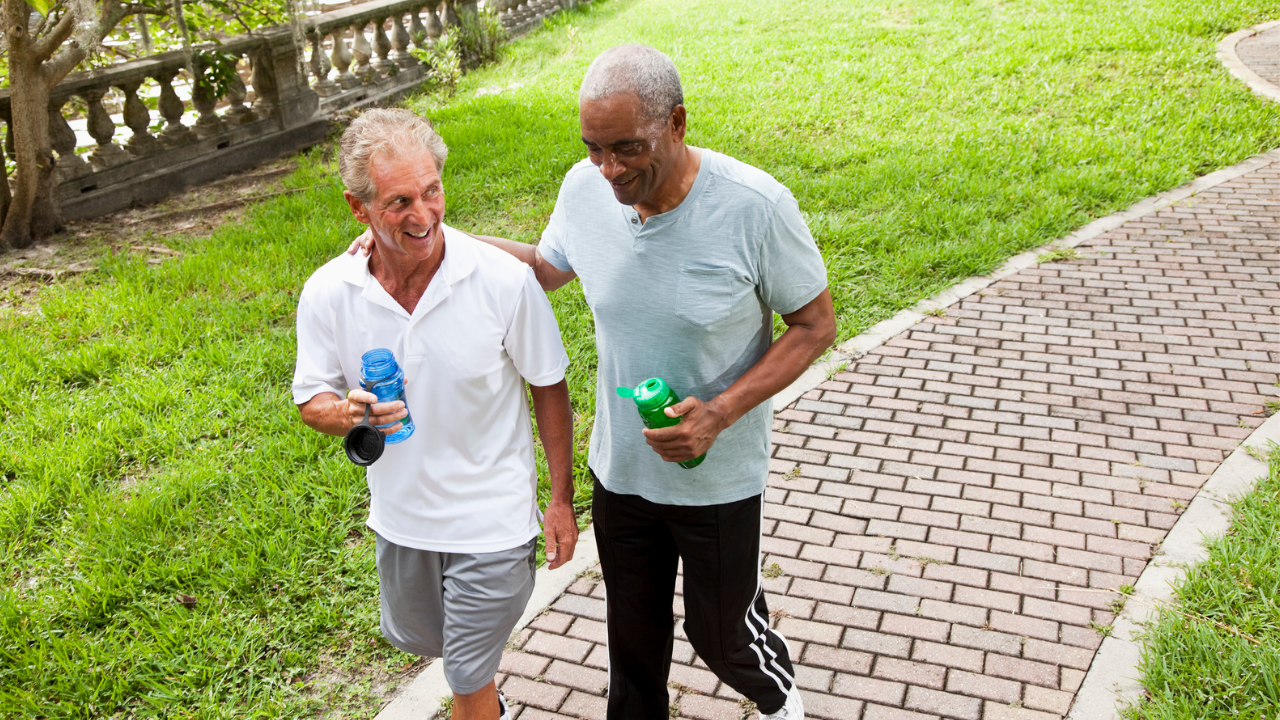
8.Losing weight and exercise. I think this goes had hand in hand. When I talk about exercise walking is more than enough. And as already mentioned earlier loss of weight correlates with decrease inflammation. In this way this will help shrink your prostate.
9.Avoid constipation! Why is that? If your GI tract becomes packed with stool this can put pressure on your bladder, but also on your prostate gland. This can lead to obstruction of urine flow out of your bladder making it more difficult for you to empty your bladder. Follow a high fiber diet.If you don’t drink enough fluid especially water your urine becomes concentrated and can lead to a buildup of waste products in your urine. This can be a source of irritation for your bladder and can lead to symptoms such as urinary frequency and an urge to urinate.
10.Try performing Kegel exercise: What can you do.When you are urinating stop your urine stream,This you do by squeezing your pelvic muscles.How long should you stop your stream.Trying stopping for a couple of seconds 3-5 seconds.Once you have done this a couple of times you would have identified the pelvic floor muscles involved in this maneuver. Once you are familiar with this technique you can try this in different positions while you’re sitting, lying or even standing and you can try this when you are not peeing. In doing this you will hold your contraction for three to five seconds and then relax for three to five seconds repeat this several times during the day.
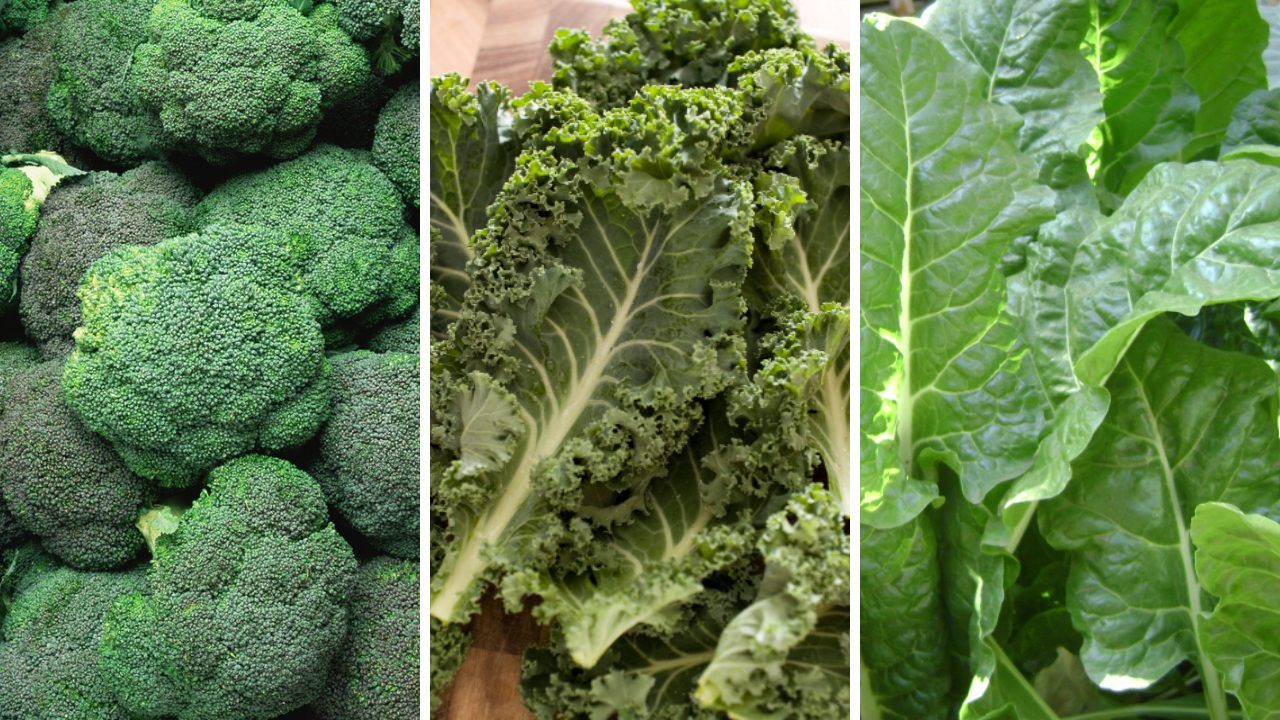
11) Didn’t your mother say vegetables are good for you. Turns out she was right.This applies to your prostate health as well. This 4-year cohort study among Chinese elderly men indicated that adequate FV intake, especially dark and leafy vegetables, was associated with improved LUTS.
BONUS TIP:
Have you tried pumpkin seed oil,
This study showed pumpkin seed oil improved the symptoms of all patients receiving treatment compared to placebo over a 12 month period. With pumpkin seed oil there were statistical significant results seen even after 6 months.
Sources:
- https://www.tandfonline.com/doi/abs/10.3810/psm.2009.12.1745
- https://www.sciencedirect.com/
- https://www.healthline.com/health
- https://www.aafp.org/pubs/afp/
- https://www.ncbi.nlm.nih.gov/pmc/
- https://www.ncbi.nlm.nih.gov/pmc/articles/PMC2809240/



